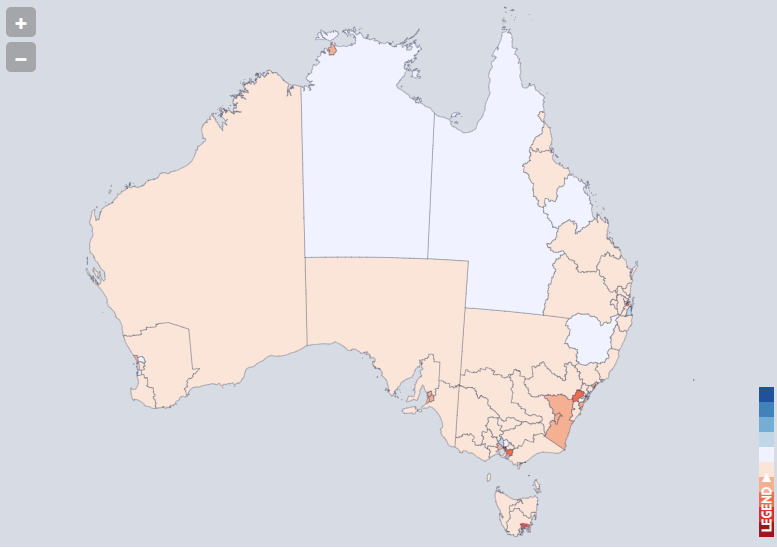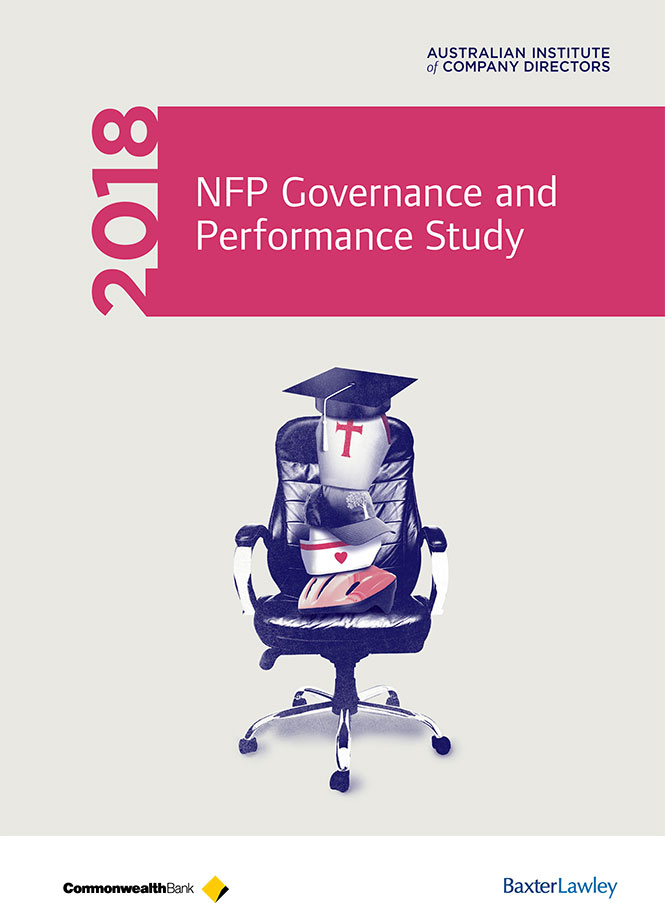
Where in Australia are the federal public servants?
SPONSORED: Inner-city centres on the east coast have amassed the greatest share of Australia’s new public service jobs under the Coalition government as outer suburbs, bush towns and Canberra took cuts to their ranks of bureaucrats.
Sydney, Melbourne and Brisbane’s CBDs have grown their proportion of the nation’s federal public service employment since the change of government in 2013 that brought on downsizing for the bureaucracy elsewhere.
Changing landscape
Public servants’ workplaces over 15 years.
Touch the map of Australia to be redirected to the original article posted here
Canberra bore most of the Coalition’s efforts to slash the public service, losing 6700 jobs in four years, Public Service Commission data shows.
Inner Sydney gained 2000 public servants, while inner Brisbane (1300) and inner Melbourne (850) also emerged as job winners since the Coalition took power.
Further away from city centres, outer suburbs sustained some of the largest job cuts since 2013.
The migration of public service jobs into inner Sydney since 2013 reversed a decade-long trend that had reduced its share by nearly 5500. Sydney’s west lost public servants in Parramatta (1600) and outer western suburbs (1200) under the Coalition, following increases in the Rudd-Gillard years.
Melbourne’s inner-east (1100), south-east (800) and west (300) lost public service employment since 2013 as government jobs grew in the city centre. While inner Brisbane gained public servants, the city’s south (900) and north (600) lost them.
Canberra’s recent losses dented its massive growth in public service jobs since 2002, reaching 16,200 and taking its portion of the bureaucracy’s ranks from 34 per cent to 38 per cent.
The concentration of public service jobs in Australia’s largest and busiest urban centres under the Abbott and Turnbull governments coincided with a vocal campaign from its junior partners, the Nationals, to move government jobs to the regions.
Most regional areas lost federal government employment, and others had modest growth after 2013, the data shows.
Only Geelong – the new home of the agency administering the National Disability Insurance Scheme – and outback Northern Territory had triple-figure growth in federal bureaucracy jobs among regional areas under the Coalition.
Despite the cuts, regions marginally grew their share of federal government jobs since 2013, continuing a slow, long-term decentralisation trend.
Regions expanded their share of public service jobs – from 9.5 per cent to about 14 per cent – in the last 15 years.
Geelong, the Latrobe Valley, the Hunter Valley, Illawarra and north Queensland are among regions that grew public service employment most since 2002.
Nationals MP and Regional Development Minister John McVeigh said the federal government was following a measured and methodical process in moving public service jobs to the regions.
“Regional Australians deserve the benefits that flow from public service jobs, just as much as people who live in Sydney, Melbourne and Canberra,” he said.
“The Coalition government is resolute in our commitment to deliver our decentralisation agenda, and will have more to say later in 2018.”
Nationals leader and Deputy Prime Minister Michael McCormack said the federal government had made positive moves on the decentralisation agenda, pushed hard by his party, but that these weren’t always captured in statistics alone.
Moving out
NSW had the largest shift in Australian Public Service jobs to regional towns in 15 years, as they doubled their share to 32 per cent.
An expansion of public service employment in Newcastle and Illawarra, and growth in agency jobs up the state’s mid-north and north coasts helped the regions wrest jobs from Sydney.
NSW Business Chamber chief executive Stephen Cartwright said the commission’s data was in line with what was happening on the ground.
“Much of the growth in regional employment from the APS has however been at the lower levels,” he said.
“While still within reach to the Sydney CBD, the deep labour force and cost advantages of Wollongong and Newcastle have attracted significant expansion of the public service over recent years.”
The Australian Taxation Office, the Department of Health and Ageing, the NDIS and, in Newcastle, the Defence Department had grown job numbers in two of the state’s largest cities outside Sydney.
Jobs head north
Queensland has the third-most decentralised federal public servant workforce, after the Northern Territory and NSW, a trait attributed to its population spread.
Central Queensland University’s Linda Colley said the state was less centralised than others, and service delivery agencies would be found near their clients.
Townsville (600) and Cairns (390) bulked up their public service ranks over 15 years, although inner Brisbane (2300) grew more, a trend that has raised eyebrows at the Chamber of Commerce and Industry Queensland.
“Queensland is public servant heaven,” the chamber’s media and industy head Dan Petrie said.
“We would see that type of growth in the private sector as opposed to an expanding public service.”
Victoria’s regional gains
Growth in public service jobs in Geelong and the Latrobe Valley increased the regional share of federal government employment in Victoria, up from 7.5 per cent in 2002 to 16.3 per cent last year.
Melbourne School of Government director John Howe said the rise was partly explained by the 2013 decision to base the national office of the NDIS in Geelong, and the establishment of the Morwell Service Centre and Traralgon Shared Service Centre in the Latrobe Valley supporting the Department of Human Services.
“The federal and state governments have actively sought to stimulate additional employment opportunities in these areas, particularly with the withdrawal of Ford in Geelong and the decommissioning of Hazelwood Power Station in the Latrobe Valley,” he said.
“The APS and Victorian Public Service have an active role to play in supporting regional communities and we see this as one way this manifests itself.”
Out west
Public service jobs have dropped in inner and south-east Perth, offsetting gains in other parts of the city.
University of Western Australia Business School’s David Gilchrist said the concentration of the state’s population in Perth meant most services would be centralised compared to the eastern seaboard.



